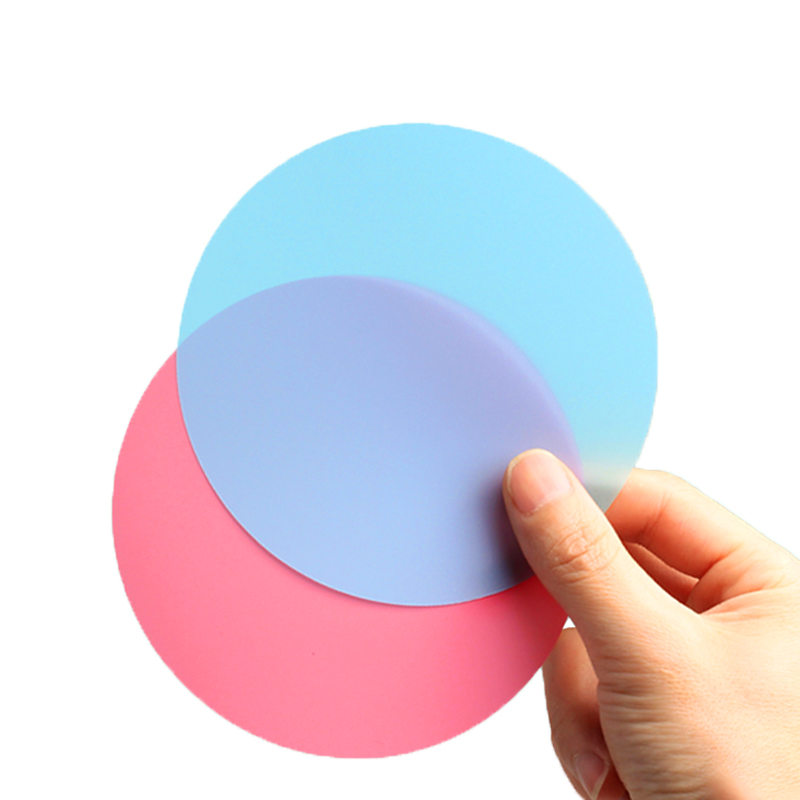How to Use Fiber Optic Lapping Film?
How to Use Fiber Optic Lapping Film?
Fiber optic connectors play a critical role in ensuring high-speed data transmission in modern communication systems. Proper polishing of fiber optic connectors is essential to minimize insertion loss and return loss. Fiber optic lapping films are highly effective in achieving the precision required for high-quality connectors. This article covers abrasive selection, grit size choices from 30 µm to 0.01 µm, the polishing process, the use of four-angle polishing machines, and common polishing issues encountered during fiber optic connector polishing.

Abrasive Selection for Fiber Optic Lapping Films
The right abrasive selection is vital for the performance of fiber optic polishing films. Different abrasives are suited for various stages of the polishing process, and choosing the correct abrasive ensures efficient material removal and a smooth, defect-free surface. The most commonly used abrasives for fiber optic lapping films are:
-
Diamond Abrasive:
- Properties: Diamond is the hardest known material, providing high cutting power and long-lasting performance.
- Use: Primarily used in the coarse polishing stage for rapid material removal.
- Applications: Suitable for the initial rough polishing, especially on connectors with large imperfections or hard materials.
-
Silicon Carbide (SiC):
- Properties: Silicon carbide is a sharp, durable abrasive that offers both cutting efficiency and moderate durability.
- Use: Ideal for medium polishing stages, where fine-tuning is required.
- Applications: Often used for intermediate steps between rough and fine polishing stages.
-
Aluminum Oxide (Al2O3):
- Properties: Aluminum oxide is a highly versatile abrasive that provides good cutting power and a smooth finish.
- Use: It’s commonly used for medium to fine polishing stages.
- Applications: Works well in polishing fiber optic connectors with lower defects, providing a smooth surface finish.
-
Cerium Oxide (CeO2):
- Properties: Cerium oxide is a fine abrasive that provides an excellent finish on fiber optic connectors.
- Use: Used in the final polishing stage to achieve a near-perfect, mirror-like finish.
- Applications: Ideal for polishing connectors to achieve ultra-low insertion loss and return loss.
-
Silicon Dioxide (SiO2):
- Properties: Silicon dioxide is a fine abrasive that offers excellent smoothness and precision during polishing.
- Use: Used in the ultra-fine polishing stages to eliminate micro-scratches and defects.
- Applications: Perfect for final polishing to achieve the highest optical clarity and smoothness.

Choosing Grit Sizes from 30 µm to 0.01 µm
Selecting the right grit size is crucial for controlling the polishing process and achieving the desired surface finish. The grit size determines the abrasiveness and cutting power of the lapping film. Here’s a breakdown of the common grit ranges used in fiber optic polishing:
-
Coarse Grit (30 µm to 15 µm):
- Purpose: Coarse grits are used for the initial material removal. They remove large amounts of material and address significant surface defects and scratches.
- Applications: Suitable for connectors with larger imperfections or rough surfaces.
- Grit Range: 30 µm to 15 µm.
-
Medium Grit (9 µm to 5 µm):
- Purpose: Medium grit films refine the surface, removing scratches left by coarse grits and providing a more uniform finish.
- Applications: Ideal for connectors that have been smoothed out but still need further refinement before moving to finer grits.
- Grit Range: 9 µm to 5 µm.
-
Fine Grit (3 µm to 1 µm):
- Purpose: Fine grits are used for polishing fiber optic connectors to a smoother surface. These grits help eliminate the minor imperfections left by coarser grits.
- Applications: Used in the fine polishing stage to prepare the connectors for the ultra-fine polishing stage.
- Grit Range: 3 µm to 1 µm.
-
Ultra-Fine Grit (0.5 µm to 0.01 µm):
- Purpose: Ultra-fine grits are used to achieve a flawless, mirror-like finish. They are essential for the final polishing stage, where achieving minimal insertion loss is critical.
- Applications: Used in the final polishing stage to remove micro-scratches and achieve an optical finish.
- Grit Range: 0.5 µm to 0.01 µm.
Polishing Process
The fiber optic polishing process typically involves multiple stages, with each stage using progressively finer abrasives to remove material and refine the connector’s surface. Below is an overview of the standard polishing process:
-
Preparation:
- Thoroughly clean the fiber optic connectors to remove any contaminants before starting the polishing process.
- Ensure that the polishing films, pads, and machines are clean and free of debris that could cause defects.
-
Coarse Polishing (30 µm to 15 µm Grit):
- Apply the coarse grit lapping film to the polishing machine.
- During this stage, significant material is removed, and large surface imperfections are smoothed out. Ensure moderate pressure is applied to achieve efficient material removal.
-
Medium Polishing (9 µm to 5 µm Grit):
- Use medium grit films to continue refining the surface and remove scratches left by the coarse grit.
- Lighten the pressure at this stage to ensure a more uniform and smoother finish.
-
Fine Polishing (3 µm to 1 µm Grit):
- Switch to finer grits to prepare the connector for the final polishing stage. Ensure the pressure is light and even to avoid over-polishing.
-
Ultra-Fine Polishing (0.5 µm to 0.01 µm Grit):
- Use ultra-fine grit lapping films for the final polishing stage. The goal is to achieve a mirror-like finish with minimal insertion loss and return loss.
- Apply very light pressure and carefully monitor the connector to ensure a flawless surface finish.
-
Cleaning:
- After each polishing stage, clean the connectors thoroughly to remove any abrasive particles and contaminants.
- Use a lint-free cloth or cleaning wipes to ensure that the connector is free from debris before moving on to the next stage.
Four-Angle Polishing Machines
The use of four-angle polishing machines is increasingly popular for fiber optic polishing. These machines are designed to polish fiber optic connectors from multiple angles simultaneously, offering enhanced consistency and efficiency during the polishing process. Key features include:
-
Simultaneous Polishing:
- Four-angle polishing machines polish the connector’s surface from four different angles at once, reducing the time required for polishing while ensuring uniformity.
-
Efficient Material Removal:
- These machines ensure that material is removed evenly from the connector surface, leading to consistent and high-quality finishes.
-
Increased Throughput:
- Four-angle polishing machines are capable of handling multiple connectors at once, significantly increasing throughput in high-volume operations.
-
Adjustable Pressure and Speed:
- These machines allow for the precise adjustment of pressure and polishing speed, ensuring that different types of connectors and polishing stages can be accommodated.
-
Enhanced Precision:
- With precise control over the polishing process, four-angle polishing machines can achieve highly accurate results, which is essential for reducing insertion loss and return loss in fiber optic networks.
Common Polishing Issues and Solutions
Despite following best practices, several common issues can arise during the polishing process. Below are some typical problems and their solutions:
-
Uneven Polishing:
- Cause: This often occurs when there is inconsistent pressure or incorrect machine settings.
- Solution: Ensure that the pressure applied is even across the surface of the connector. Regularly inspect the connector for signs of uneven polishing and adjust the machine settings as necessary.
-
Coredips (Concave or Convex Surface):
- Cause: Coredips can occur when too much pressure is applied, leading to an uneven polishing pattern.
- Solution: Use lighter pressure during polishing, particularly in the final stages. Check the surface frequently for any signs of distortion.
-
Scratches on the Connector Surface:
- Cause: Scratches can occur if the polishing film is too abrasive, or if debris is present on the polishing surface.
- Solution: Ensure the polishing film is not worn out, clean the connector and polishing pad thoroughly, and replace the film if necessary.
-
Over-Polishing:
- Cause: Over-polishing can lead to the removal of too much material, affecting the integrity and performance of the connector.
- Solution: Control the polishing time and pressure carefully to avoid over-polishing. Regularly inspect the connector during polishing.
-
Under-Polishing:
- Cause: Insufficient polishing can result in a rough finish and poor optical performance.
- Solution: Ensure that each polishing stage is completed thoroughly before moving to the next stage. Verify the connector surface quality regularly.
Conclusion
Achieving optimal fiber optic connector performance requires selecting the right abrasives, grit sizes, and polishing processes. The use of four-angle polishing machines can increase efficiency while ensuring uniformity and high-quality results. By addressing common polishing issues like uneven polishing, coredips, scratches, and over- or under-polishing, fiber optic manufacturers can ensure that their connectors meet the high standards required for reliable data transmission.
-

Telecommunications
-

Automotive
-
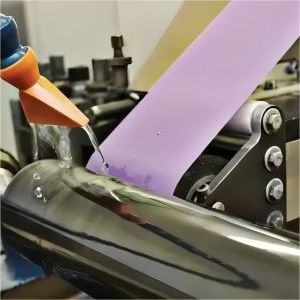
Roller finishing
-
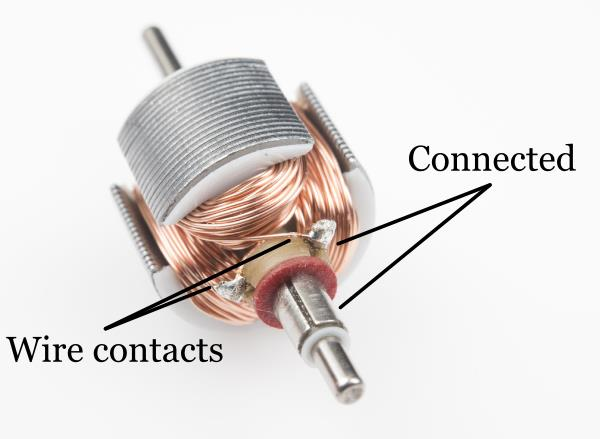
Electronics
-
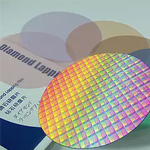
Semiconductors
-
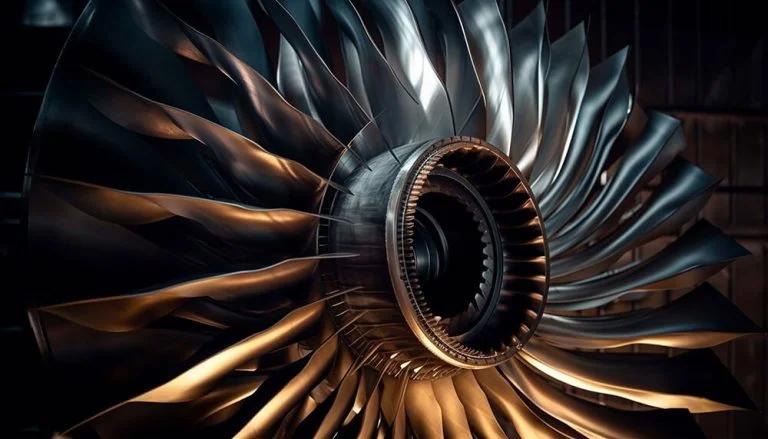
Aerospace
-
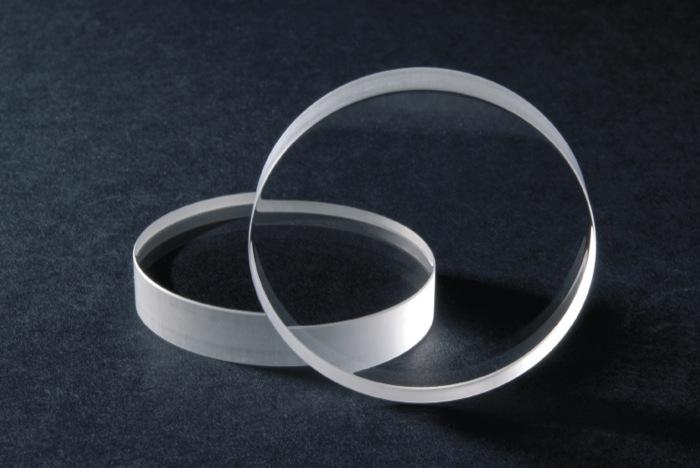
Optical Glass Crystal
-
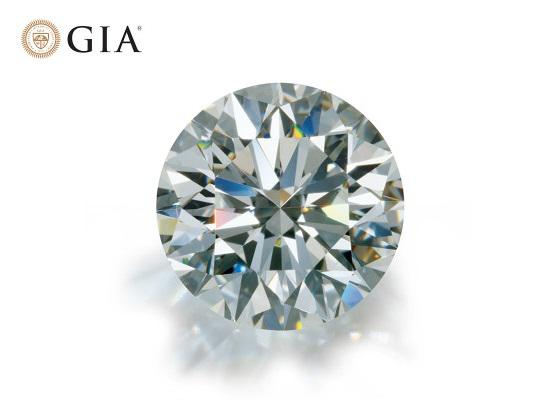
Jewellery lapidary
-

Medical
-
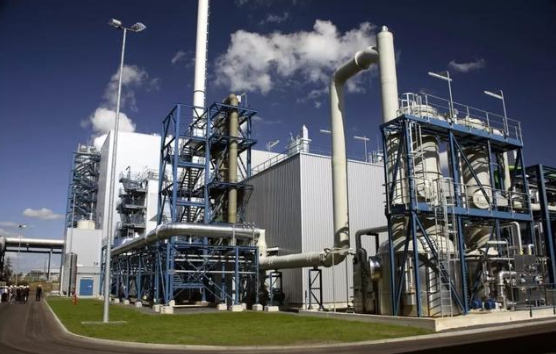
Oil & Gas
-

Food Processing
-
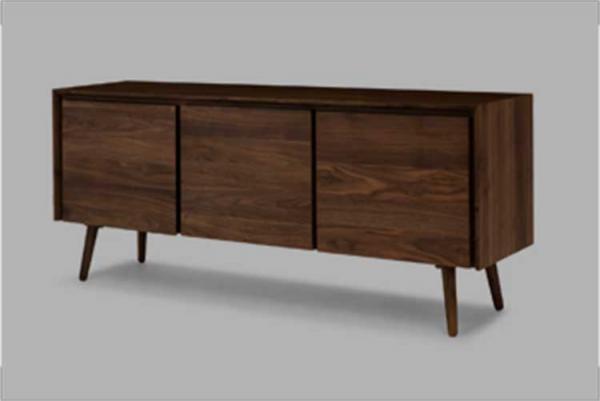
Furniture and Wood industry
-
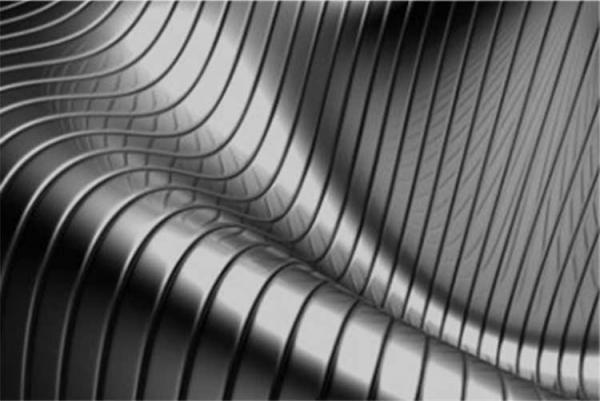
Metals Finish
-
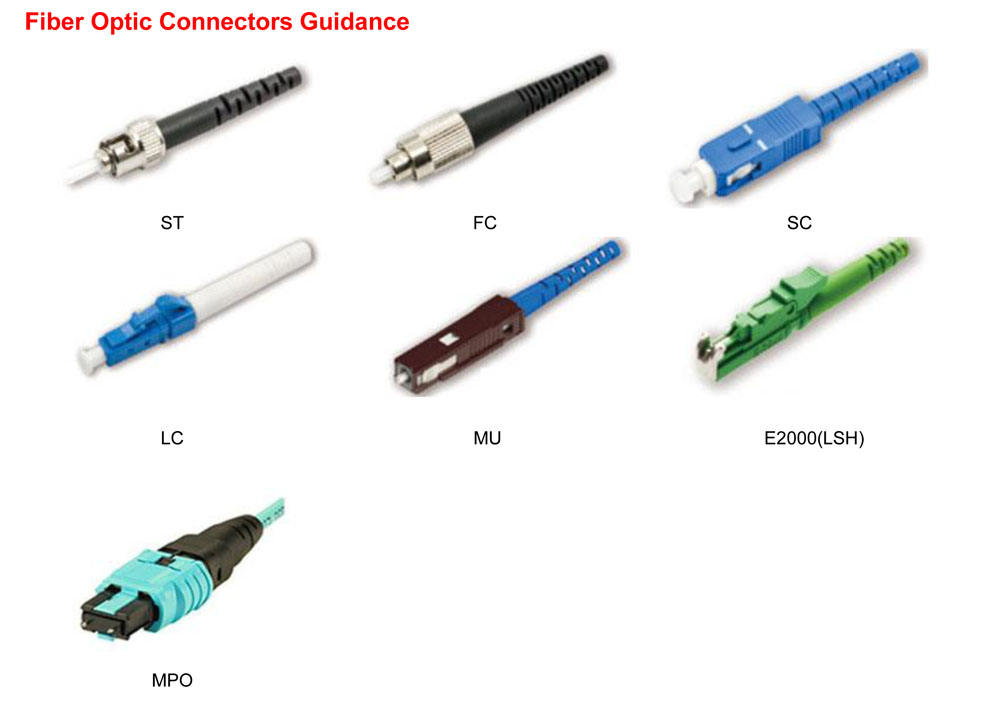
Fiber Optics Polishing
-
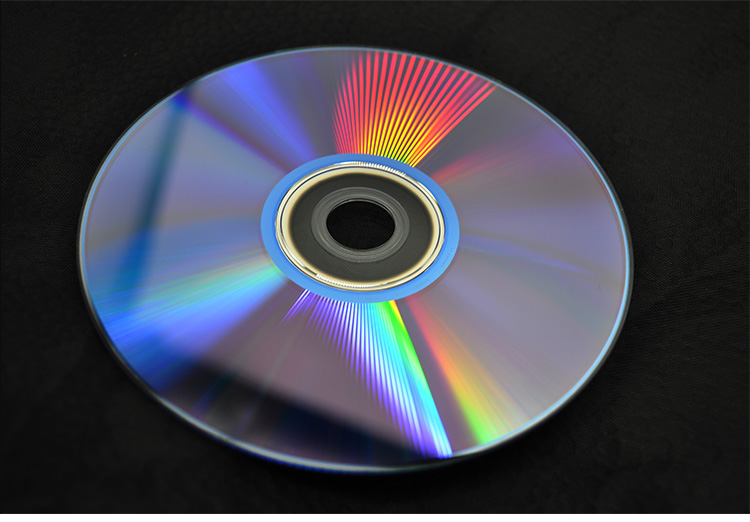
Music industry
-
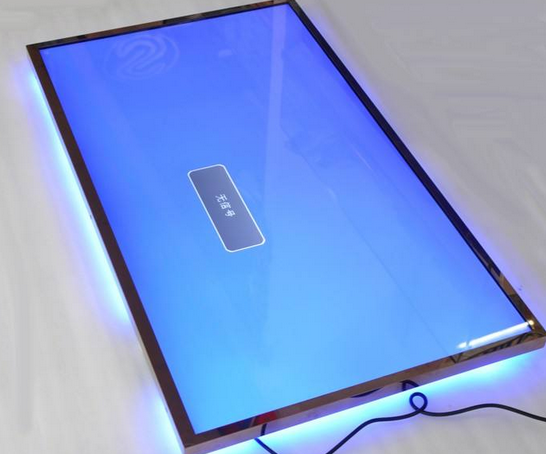
LED LCD Panel
-
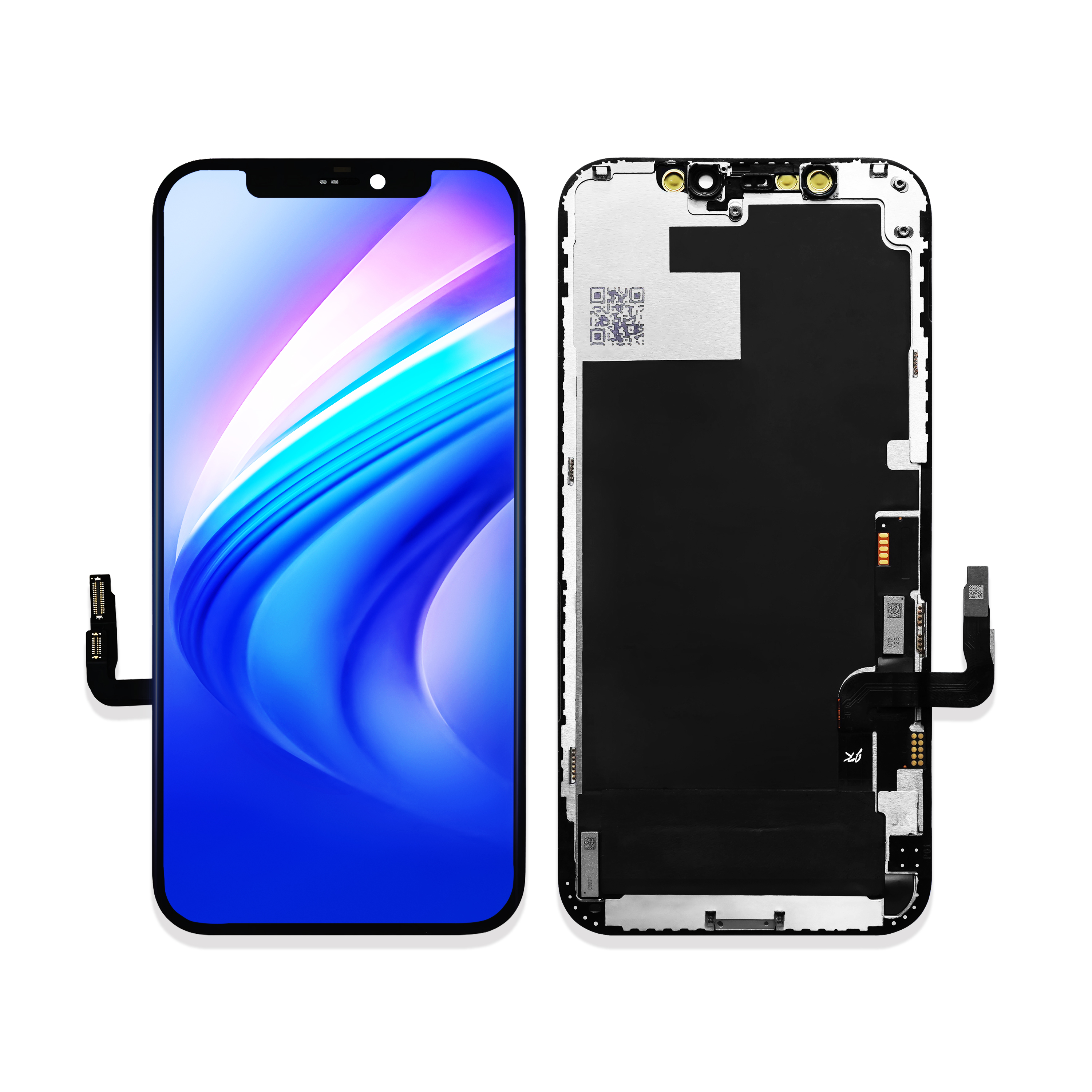
Mobile Phone Industry
-
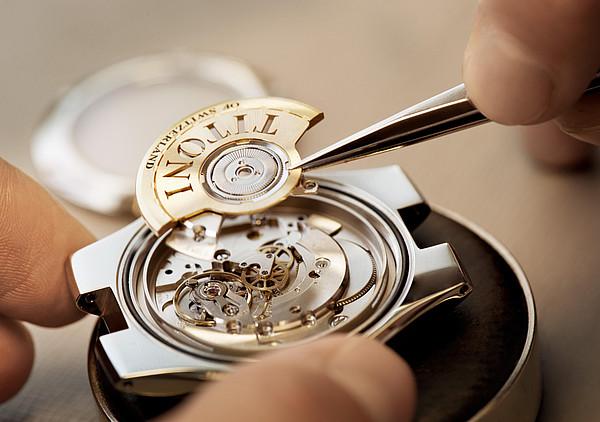
Watch
-
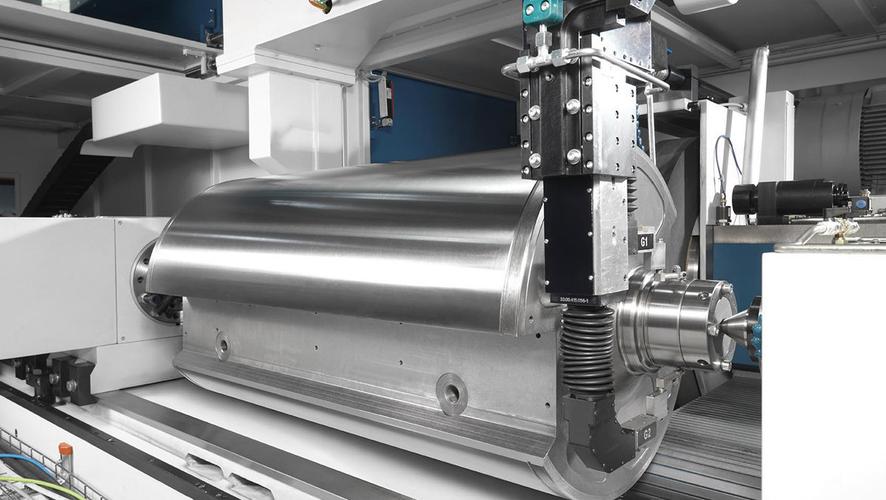
Printing and Paper industry
-
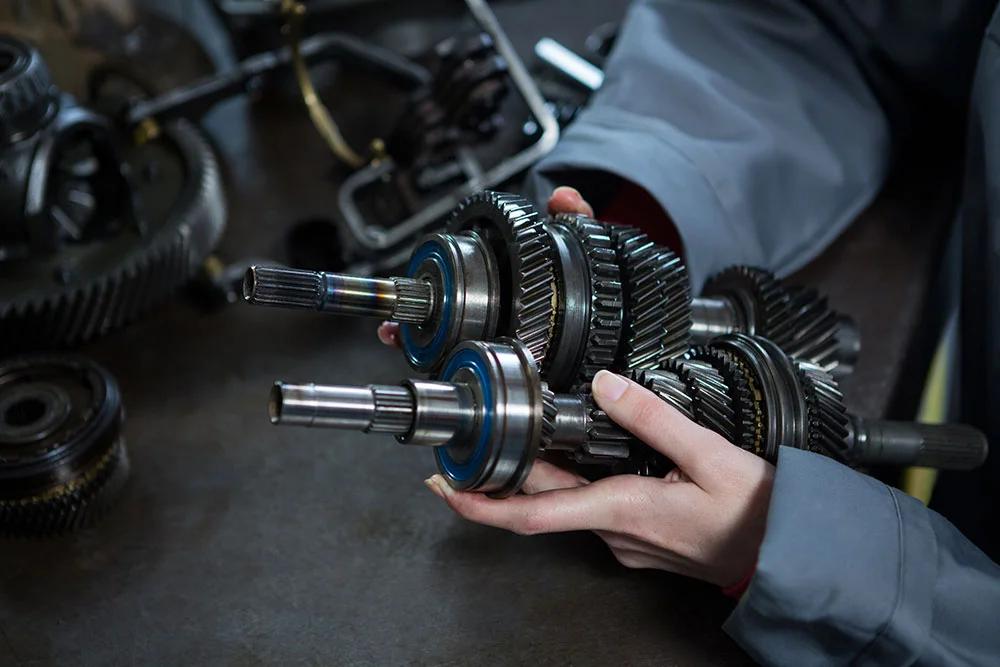
Engine and Machine parts
-
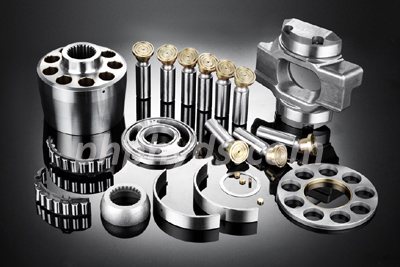
Hydraulic components
-
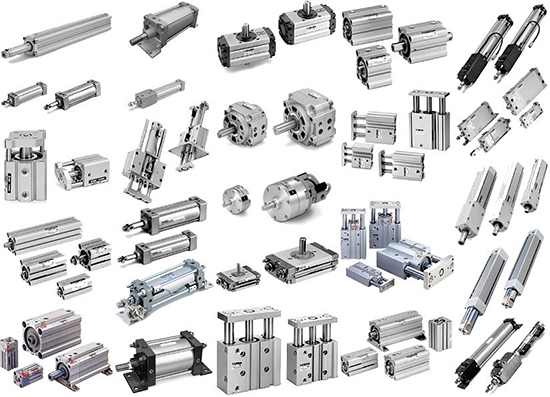
Pneumatic components
-
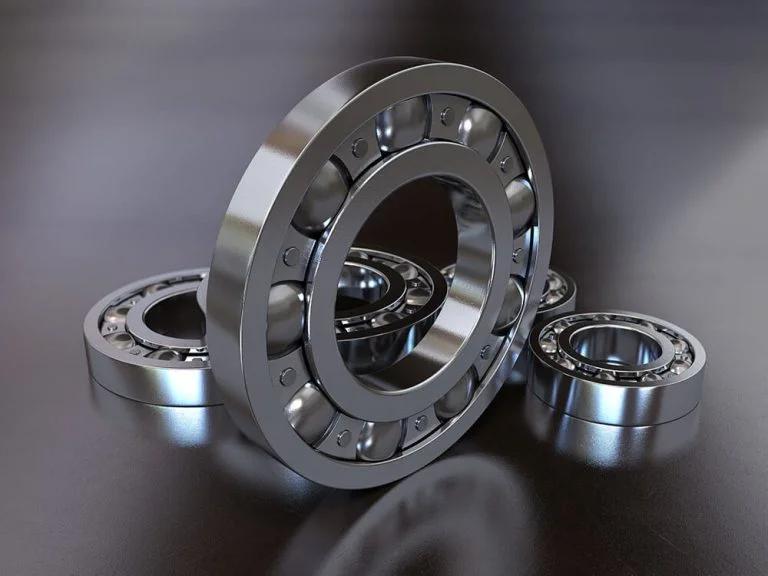
Ball bearings
-
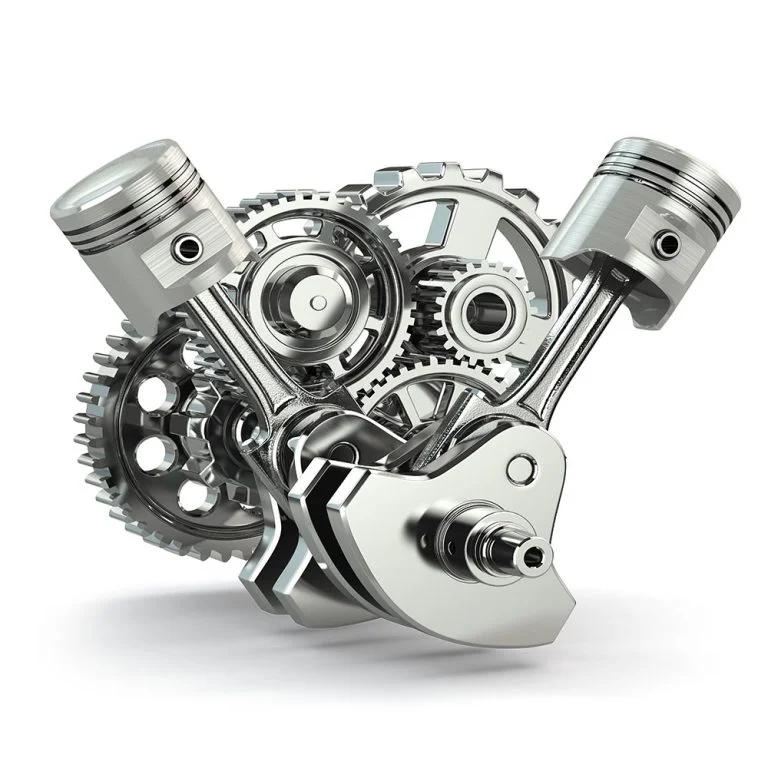
Gear and Train components
-
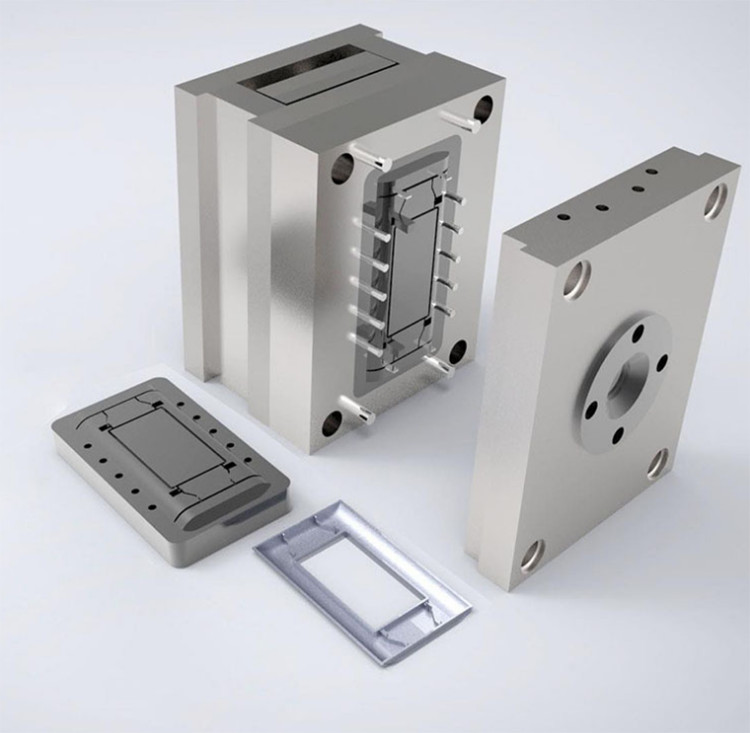
Moulds
-
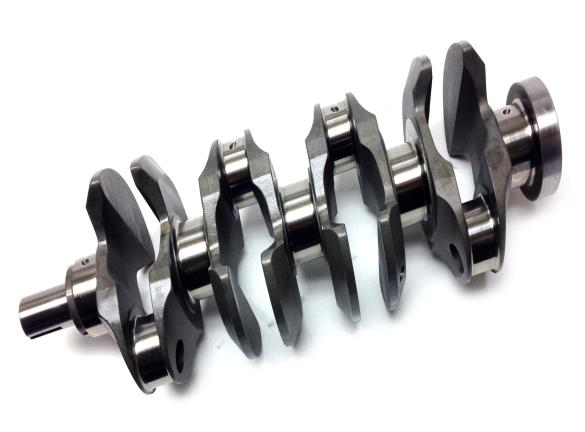
Cranks Cams and Steering devices
-
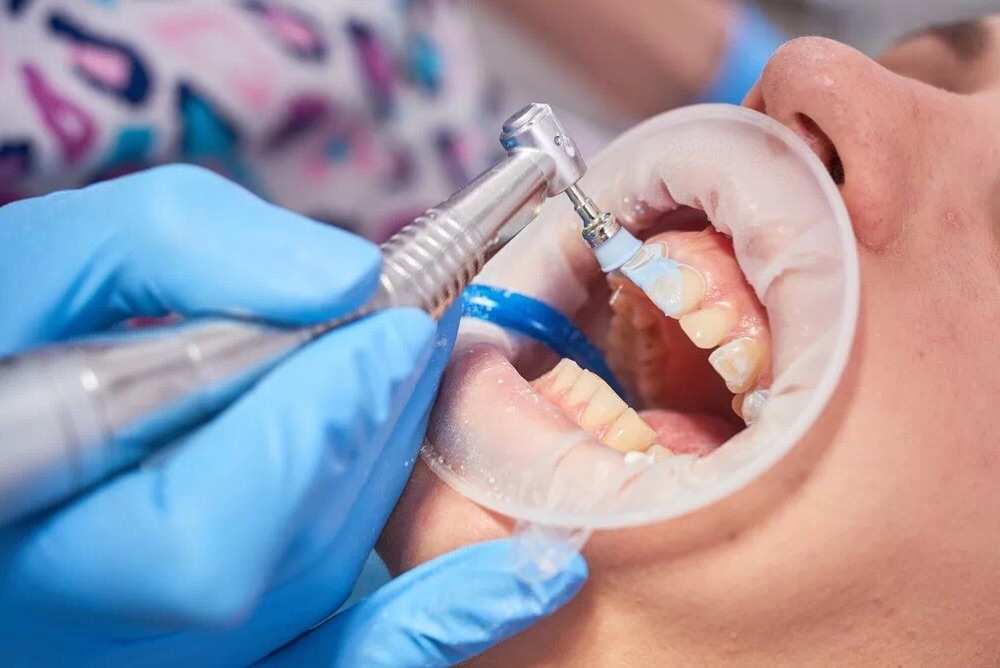
Dental Polishing
-
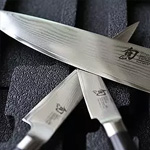
Knife Blade Tools sharpening
-
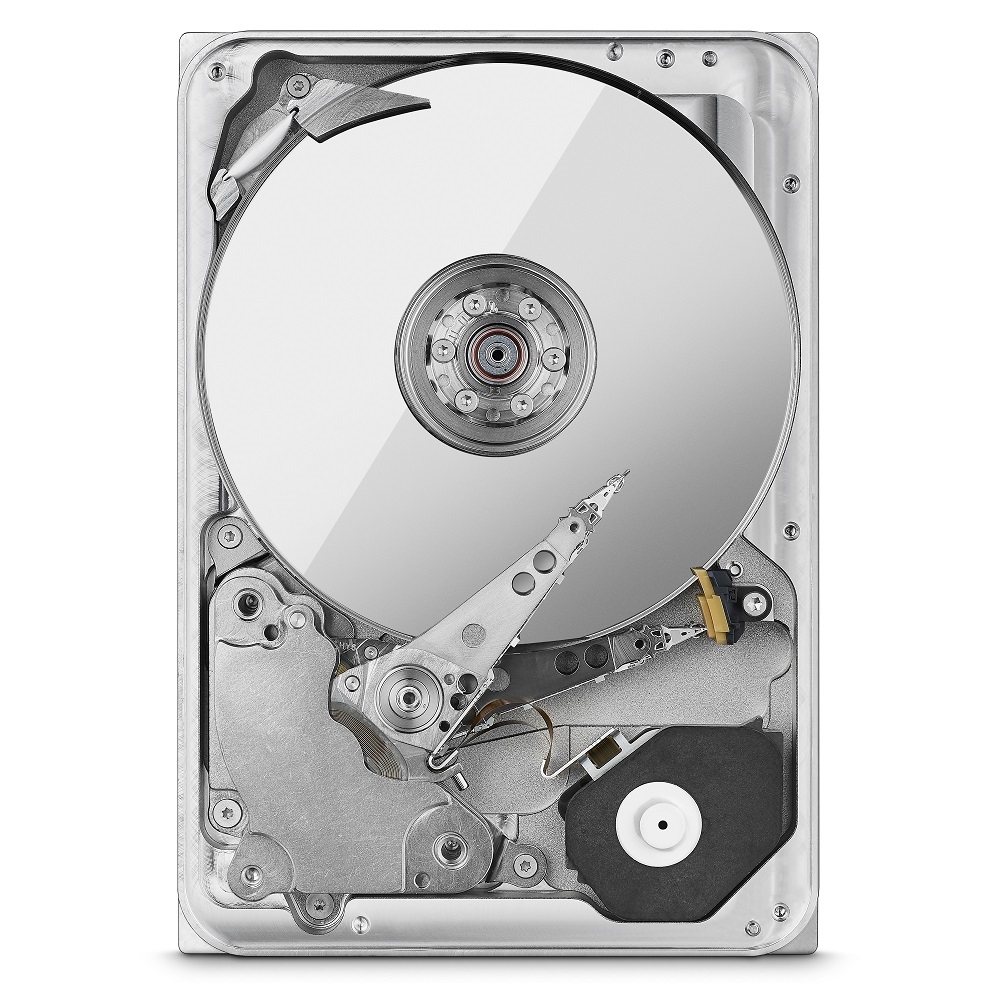
Hard disks and Magnetic head
-
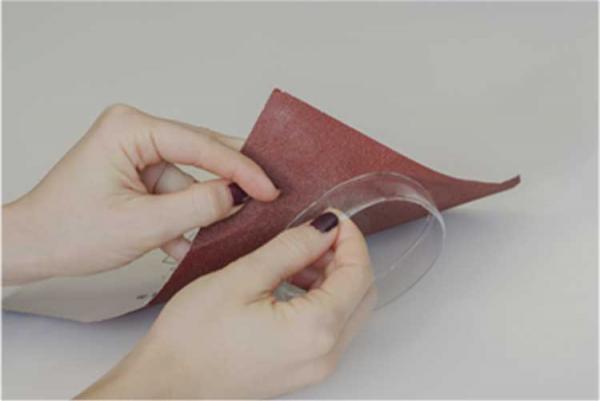
Other parts end face polishing



















































































